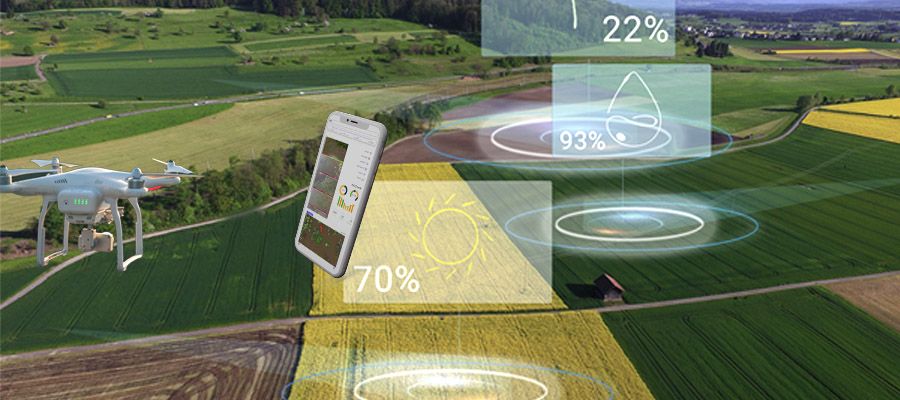
Greenhouse IoT Solutions | Smart Cultivation
Greenhouses provide optimized growing conditions insulated from external weather fluctuations. However, manually monitoring and adjusting myriad environmental factors is labor-intensive. Internet of Things (IoT) sensor networks, combined with artificial intelligence (AI), offer the potential for fully automated intelligent greenhouse management. In this blog post, we explore smart sensing technologies in the greenhouse IoT space, automation applications, data analytics capabilities, and the overall potential to transform greenhouse operations. We discuss how AI-enabled systems can automatically control microclimates, resource delivery, and equipment while continuously sensing plant health to increase yields, efficiency, and sustainability.
Smart Sensors for Greenhouse Monitoring
Recent advances in sensors support highly granular monitoring of greenhouse growing conditions:
Soil Sensors
Soil sensors like moisture probes, nutrient meters, and pH sensors buried in plant substrates provide live feedback on conditions at the root zone to dynamically control irrigation and fertilization. Water quality measurements help maintain optimal nutrient balance and avoid salinity.
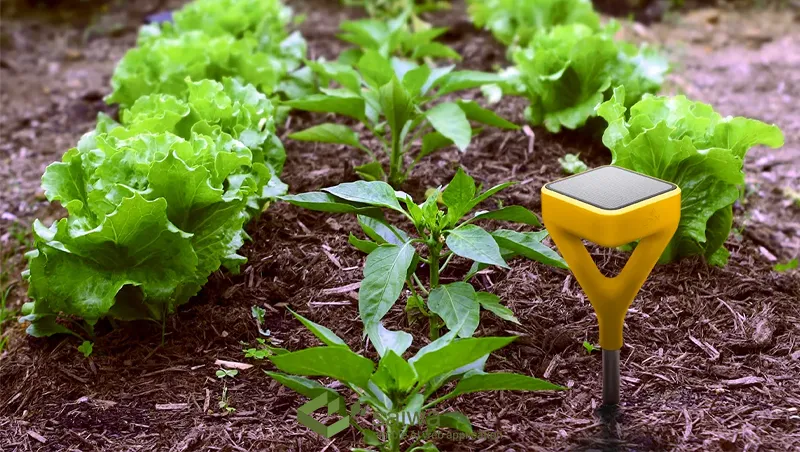
Air Quality Sensors
Distributed air quality sensors for tracking temperature, humidity, light intensity, and CO2 density around plant canopies enable the detection of microclimate variations. This data feeds climate control systems and models leaf transpiration rates.
Plant Sensors
Plant sensors directly attached to stems, leaves, and fruits reveal crop health and development. Thermometers, chlorophyll fluorescence sensors, and dendrometers track growth and stress indicators. Cameras identify diseases, pests, and ripening stages for selective harvesting.
Weather Sensors
Weather sensors measuring wind, precipitation, and solar radiation outside greenhouses provide useful context, as exterior conditions affect control strategies needed inside to balance heat, humidity, and lighting.
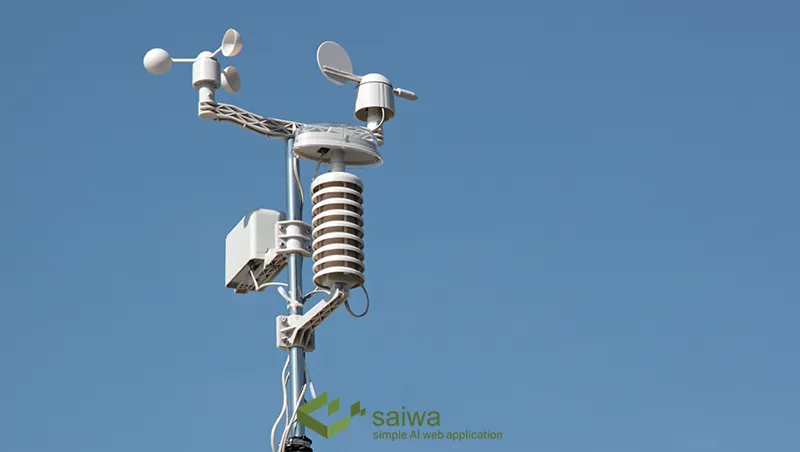
Wireless Sensor
Low-power wireless sensor networks efficiently transmit data to central controllers for analysis and response. Standards like Bluetooth, Wi-Fi, and LPWAN balance bandwidth, battery life, and range tradeoffs.
Greenhouse Water Management with IoT Sensors
In greenhouse water management with IoT, precision watering relies fundamentally on soil sensor probes evaluating moisture contents across different growing zones, benches and crop types to understand true water displacement rates after irrigating events. By converting soil volumes into quantified digital moisture readouts through embedded hydraulic sensors, clear benchmarks of saturation help program watering controllers to recognized dryness thresholds ideal for reactivating sprinklers. Some systems monitor upcoming rain expectations letting natural supplies offset schedules as well through weather APIs integration.
Tracking drainage rates further informs water retention capacities adjusting cycles so excessive volumes that lead to wasteful runoff get avoided through calibrated dispensing aligned with measured intake flows across soils compositions. Maximizing moisture holding without overflow minimizes usages while still nourishing plants appropriately. Rainwater collection sensors also help quantify supplemental reserves held in on-site tanks enabling usage offsets optimizing retrieved stores.
Enabling Automation
Greenhouse IoT sensor data enables automation and robotics:
Control systems use sensor feedback loops to dynamically adjust lighting, humidity, fans, misters, and other components to maintain optimal conditions tailored to current needs autonomously.
Robotics automate tedious manual tasks like seeding, spraying, and harvesting. Stereo vision and depth sensors on robotic arms enable nuanced grasps and maneuvers around plants without damage.
Moving light rigs with articulated arms optimizes coverage over plants as they grow taller. Photosensors trigger supplemental targeted lighting when ambient levels drop insufficiently.
Small autonomous rover tractors navigate down greenhouse aisles using lidar and cameras. They monitor plant health and retrieve harvested produce into attached rolling baskets for processing.
Edge computing devices analyze on-site imagery to rapidly detect leaks, disease onset, and ripening fruits to trigger interventions immediately via automation.
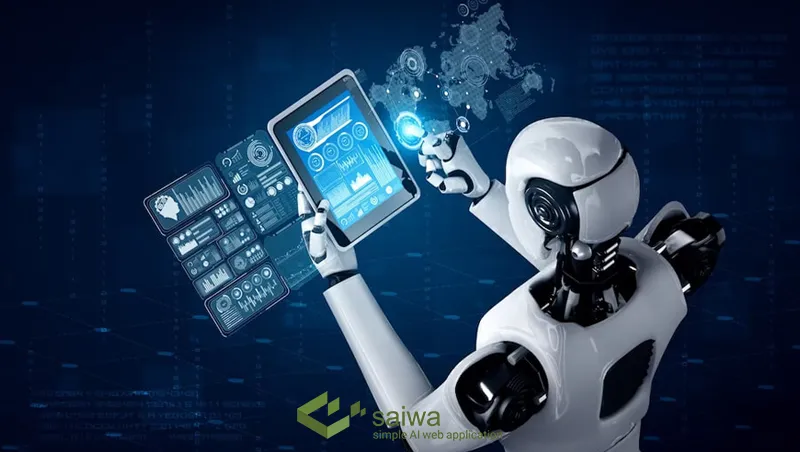
Supporting Plant Health
Automation and AI foster plant prosperity:
Stress and Nutrition Sensors
Always-on plant stress and nutrition sensors facilitate detecting stunted or unhealthy plants needing interventions before conditions deteriorate irrecoverably. Near-infrared imagery reveals early indicators undetectable by the human eye.
Actuators Dispense
Actuators dispense targeted nutritional supplements, growth stimulants, or pest deterrents on struggling vegetation based on their diagnosed needs from sensor profiles. This enables prescriptive care.
Autonomous Mobile Sensor
Autonomous mobile sensor platforms like rover tractors scan greenhouse aisles, continuously profiling each plant through both onboard imaging and external instrument readings. Any concerning findings trigger alerts.
Automated Dosing Systems
Automated dosing systems with multivariate control logic tailor the timing, location, formulation, and amount of water, fertilizers, and chemical treatments to local requirements.
Together, these intelligent interventions optimize inputs and growing conditions to maximize plant health, quality, yields, and economic returns on investment - the core goals of precision agriculture.
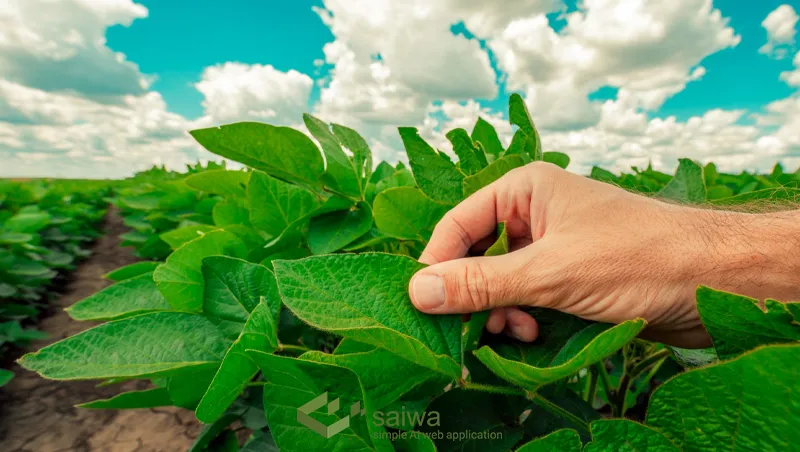
Automated Watering Systems
Unifying moisture data into programmable watering controllers allows dynamically adjusting valves and sprinklers execution based on digitized soil statuses rather than crude timers alone prone to waste through their universal applications. Logic-powered controllers alternatively evaluate moisture probe readings across different growing zones and open corresponding zone valves only where reaching defined dryness thresholds in need of targeted rehydration. Intelligent automation waters to precise condition requirements of plants rather than blind time alone.
Some systems interface with early water leakage detection providing alerts to prevent catastrophic pipe failures or rain storms before flood damage arises. This oversight automatically shuts watering schedules suspended until manual resets help facilities manage incidents protecting long-term viability for the greenhouse IoT supporting technologies. Rather than crude universal timer programs watering zones uniformly, sensor-informed automation promotes responsible usage meeting environmental needs.
Managing Resources
Instrumentation insights enable optimizing sustainability:
Detailed tracking of lighting, HVAC, water treatment, and other major equipment loads illuminated opportunities for efficiency upgrades, revised operating schedules, and optimized usage schedules to improve energy, water, and chemical usage dramatically.
Constant Monitoring
Constant soil moisture and nutrient monitoring allow precisely aligning fertilizer and water application to actual plant uptake rates. This eliminates excessive application that would leach away or run off, causing environmental tolls.
External Data
Incorporating external data like weather forecasts and spot market commodity pricing supports 'predictive cultivation' to balance profitability, yields, and resource usage through proactive planning that adapts cultivation strategies in anticipation of near-term conditions.
AI-powered scheduling
AI-powered scheduling efficiently distributes computational and equipment loads across distributed resources like solar inverter arrays to balance power quality, processing needs, and wear-leveling.
Overall, informed automation enables revolutionizing resource efficiency, plant health, and margins simultaneously - a rare alignment of sustainability and profit.
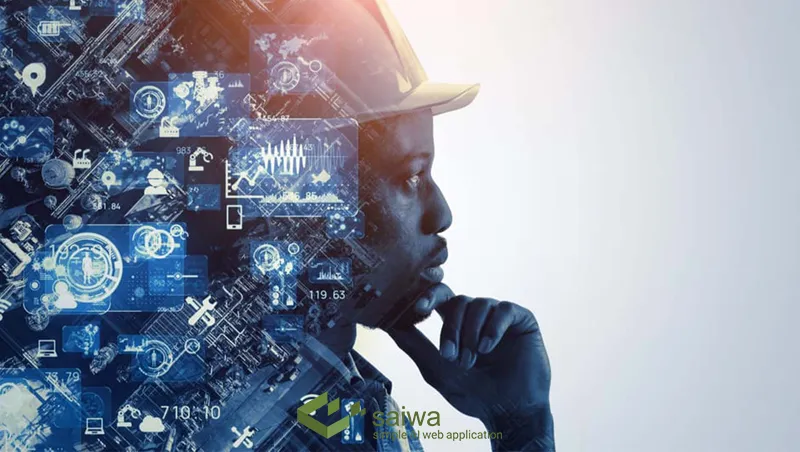
Data Integration and Analysis
Advanced analytics unlock key insights from aggregated IoT streams:
With unified cloud IoT platforms, growers can finally integrate the dozens of disparate sensor data streams that monitor growing parameters into centralized dashboards that visualize the overall health of the operation.
Advanced machine learning models such as deep neural networks can model the highly complex interactions between monitored variables such as light spectra, humidity, nutrients, and other environmental factors that influence plant development and productivity. These AI models guide optimal decisions in real-time.
Generative deep learning models can infer reasonable estimates for missing data points in sensor streams based on contextual patterns. This provides resilience to sensor failures.
Predictive models powered by methods such as RNNs and transformer networks help predict future yields, utility costs, and production schedules based on time-series sensor trends.
This enables planning. Prescriptive analytics goes beyond description to recommend precise interventions personalized to each asset's needs based on its monitored microenvironment and growth indicators.
Predictive analytics is the key to maximizing yields, minimizing waste, and continuously refining greenhouse operations.
Read Also: Practical Application & Future of AI in Agriculture
Integration of AI-Enabled Drones in Greenhouse Management
Drones equipped with multispectral imaging sensors and computer vision algorithms are becoming invaluable tools as a greenhouse IoT for monitoring and analytics:
High-resolution aerial imagery captured by drones enables rapid analysis of plant health and growth patterns across acres of greenhouse crops using vegetation indices. This allows early detection of suboptimal conditions.
Onboard thermal cameras detect leaks, quantify transpiration and identify underperforming HVAC equipment through abnormal temperature zones indicating efficiency issues needing maintenance.
Object detection algorithms can accurately count and map fruits and vegetables growing across benches to optimize harvesting logistics and provide inventory levels.
AI-powered image analysis enables rapid identification of pest infestations, foliar diseases, and nutrient deficiencies for targeted early treatment.
Leveraging GPS positioning, drone imagery can construct detailed 3D maps of greenhouse interiors to identify structural damage.
Drones equipped with sensors provide mobile soil, air quality and light data gathering to supplement fixed sensor networks.
In greenhouse IoT field, By providing on-demand aerial views of greenhouses and programmable analytics, drones represent a flexible data collection platform for both routine monitoring and investigatory missions.
Read More: AI-Based Drone Operation| AI in Drones use cases
Benefits of Implementing Greenhouse IOT Farming
Implementing IoT in greenhouse farming offers a multitude of benefits, transforming the way crops are cultivated and optimized. Here are some of the advantages of greenhouse IoT:
Increased Efficiency and Productivity
Greenhouse IoT-driven systems enhance the efficiency of greenhouse operations. Real-time data collection, coupled with automation, ensures that resources are utilized optimally. This efficiency translates into increased productivity, with crops thriving in controlled environments.
Resource Optimization
Resource management is a critical aspect of sustainable agriculture. IoT systems allow for the efficient use of resources such as water, energy, and nutrients. By tailoring resource delivery to plant needs, waste is minimized, and costs are reduced.
Improved Crop Quality and Yield
Precise control over environmental conditions, including temperature, humidity, and light, leads to improved crop quality and yield. IoT systems enable farmers to create ideal growth conditions for each crop, resulting in healthier and more abundant harvests.
Enhanced Data-Driven Decision-Making
IoT generates a wealth of data, providing farmers with valuable insights. These insights empower data-driven decision-making, allowing farmers to make informed choices regarding resource allocation, disease management, and crop forecasting.
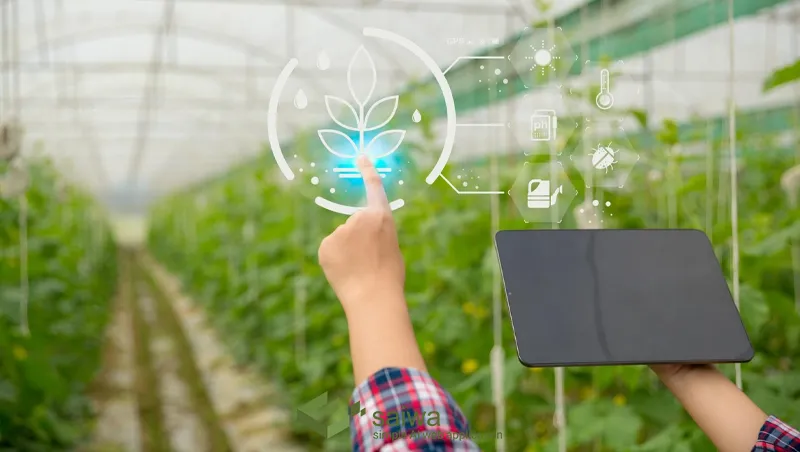
Basics of IoT-based Environmental Control Systems
By deploying such solutions tailored to greenhouses, real-time adjustment of equipment like vents, shades, sprinklers based on sensor analytics helps maintain optimized growing conditions. For CO2 specifically, IoT allows continuously monitoring concentration levels across greenhouse zones using specialized gas sensors. This data feeds variable enrichment and ventilation setpoints automatically adapted to environmental fluctuations and crop needs over time. IoT automation thereby provides consistent optimal CO2 for enhancing plant development and harvest quality/quantity versus coarser manual interventions prone to human latency or oversight.
CO2 Sensors
The fulcrum of reliable greenhouse CO2 management with IoT begins with sensor performance. Infrared gas sensors allow contactless detection by measuring absorption of emitted IR rays at key wavelengths as they pass through greenhouse air – proportional absorption indicates CO2 concentration. However, beam lengths and sensor placement height/stability influence accuracy. Regular field calibration using reference samples counters sensor drift. Water condenser tubes protect optics in humid greenhouses. Appropriate savings from automation help sensor expenses at $100-$500 payback over a few crop cycles via accelerated plant growth and reduced manual measurement/ reminder overhead. This consistent data sensing forms the foundation for analytical rules and ventilation/dosing actuation.
Benefits of Automating Greenhouse CO2 Management with IoT
While IoT solutions carry upfront costs, their implementation brings immense value:
24/7 precision monitoring and corresponding venting/dosing adjustments by an always alert IoT system provides consistent optimized CO2 levels unattainable manually. Target concentrations automatically adapt to changing conditions securing photosynthesis maximization for perennially healthy plants.
Automating such reliable but intensive routine measurements and actuation reduces labor time and human errors that easily creep in with manual CO2 enrichment given workforce constraints. This allows reallocation of precious human resources to specialized crop care tasks.
Software analytics further refines the automation rulesets down the year using historical data. This minimizes gaps between peak possible and actual yields by tuning ventilation, irrigation, and nutrition in symbiosis.
Overall, implementing IoT environmental automation solutions provides CO2 visibility and corresponding intelligent modulation strength unattainable through crude manual interventions. This directly translates into accelerated crop development, higher off-season yields and enhanced produce quality/consistency benefitting greenhouse profitability.
Why proper lighting is crucial for plant growth in greenhouses?
Proper lighting is paramount for optimal plant growth in greenhouses, and implementing effective control measures using IoT technology can significantly enhance this process. Greenhouse lighting control using IoT facilitates the precise regulation of light exposure, ensuring that plants receive the ideal conditions for photosynthesis and overall development.
Photosynthesis, the process by which plants transform light energy into chemical energy to support growth, depends on light as an energy source. Supplemental lighting is crucial in greenhouses since natural sunlight may be insufficient or erratic there. But just having light is insufficient; it needs to be precisely controlled to resemble the patterns of natural sunshine and satisfy the requirements of various plant types.
Growers can customize lighting schedules and intensities according to plant variety, growth stage, and climatic conditions by utilizing the Internet of Things (IoT) for greenhouse lighting control. Growers can guarantee that plants obtain an appropriate quantity and quality of light during their development cycle by incorporating actuators and sensors that are connected to IoT platforms. This enables growers to remotely modify sets and monitor light levels in real-time.
Furthermore, there are several advantages to having exact control over greenhouse lighting. In the first place, it encourages energy efficiency by making the best use of artificial lighting sources, which lowers operating expenses and has a positive environmental impact. Second, by distributing light consistently and uniformly—a critical component for uniform growth and development—it improves crop yields and quality. Furthermore, IoT-enabled lighting management systems have the adaptability to adjust to shifting environmental factors, guaranteeing that plants receive the ideal amount of light regardless of variations in the weather or seasonal shifts.
Furthermore, farmers can fine-tune their methods for better productivity and resource management by analyzing the data gathered by IoT sensors to learn more about how plants respond to various lighting conditions. Greenhouse operators can achieve unprecedented levels of efficiency and sustainability in their cultivation techniques by leveraging the potential of Internet of Things technology.
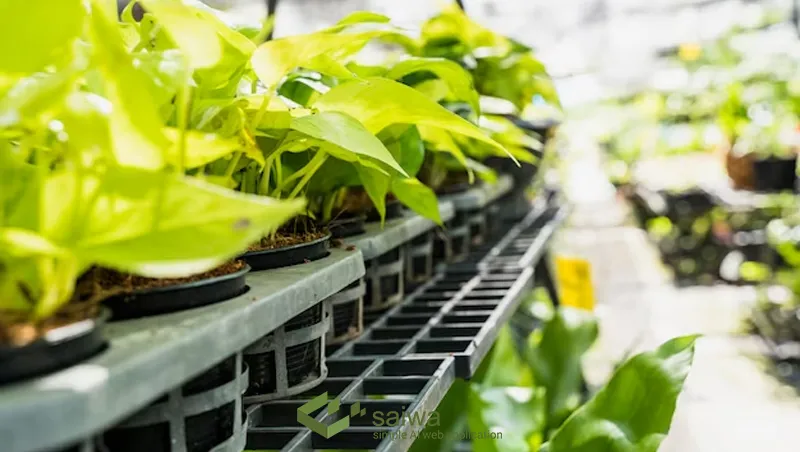
Proper lighting is indispensable for plant growth in greenhouses, and greenhouse lighting control using IoT represents a cutting-edge approach to achieving this goal. By leveraging IoT technology to regulate lighting parameters with precision and flexibility, growers can maximize crop yields, conserve resources, and cultivate healthier, more resilient plants.
Conclusion
Smart greenhouses with AI automation optimize plant growth while improving profitability, efficiency, and sustainability. Giving plants control over their environment through dense sensing and adaptive systems is the future. However, technological innovation must be aligned with user needs and workflows through participatory design. Together, greenhouse IoT and AI can transform the next generation of data-driven greenhouses into intelligent, optimized growing ecosystems.
